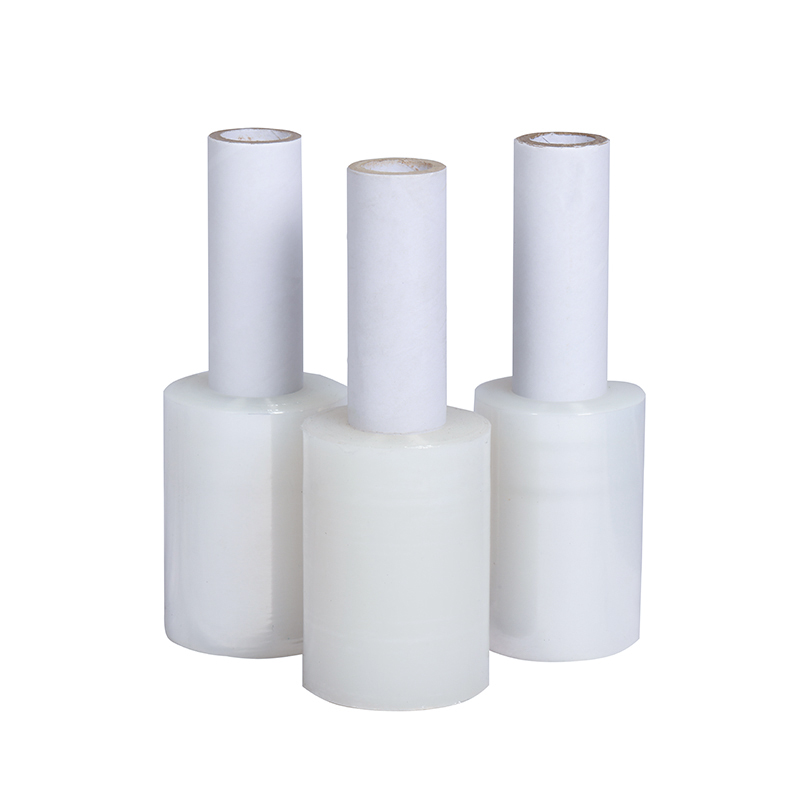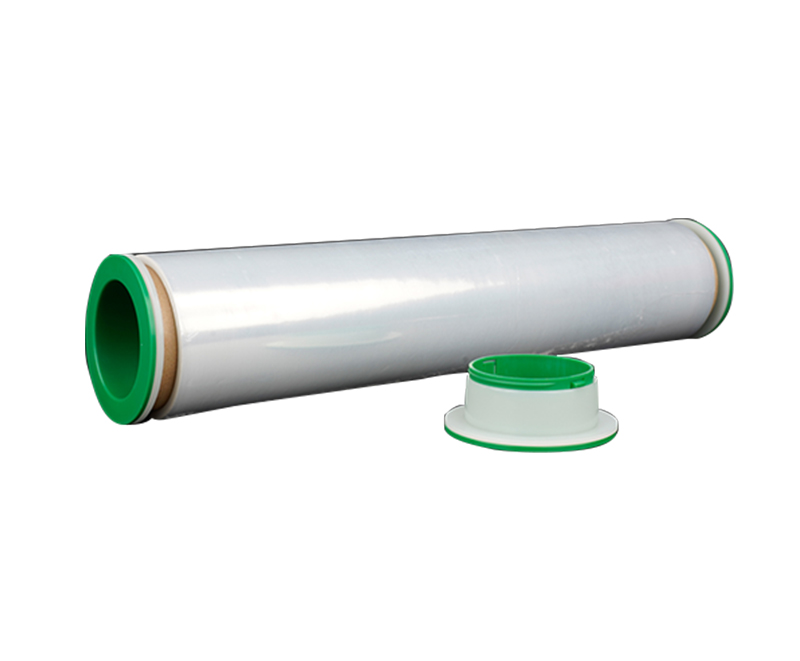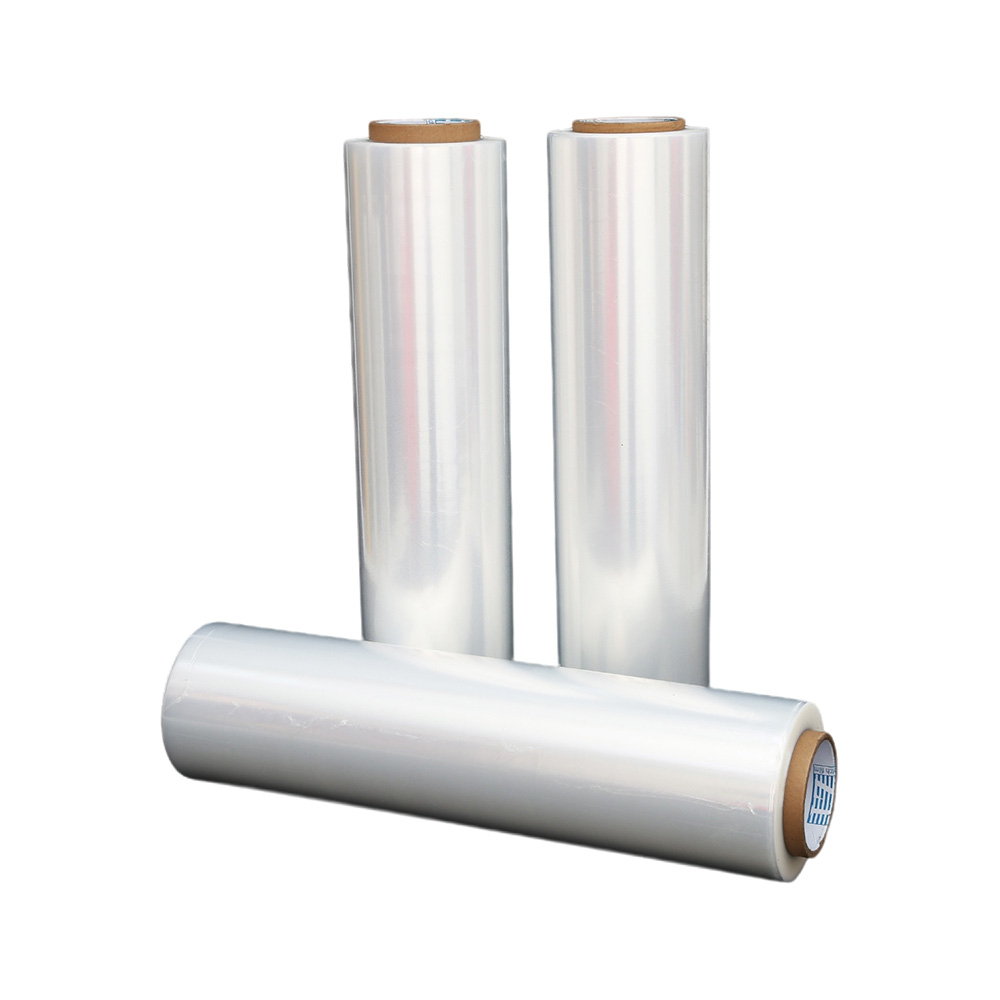How To Ship Artwork: A Comprehensive Guide
Source:How To Ship Artwork: A Comprehensive GuideTime:2024-09-14Visitors:
Shipping artwork can be a daunting task, especially for artists, galleries, or collectors who want to ensure that their precious pieces arrive safely at their destination. The importance of proper shipping cannot be overstated; a single misstep in the packing process can lead to damage, loss, or even costly repairs. In this guide, we will explore the best practices for shipping artwork, including the benefits of using stretch film for packaging, which provides excellent protection against moisture and physical damage.
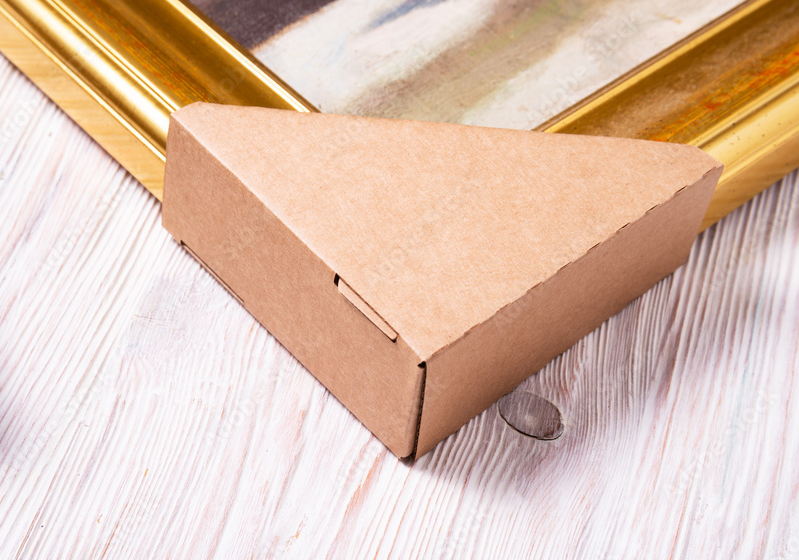
Section 1: Preparing Artwork for Shipping
Assess the Artwork
Before you start packing, it's crucial to assess the artwork you intend to ship. Consider the type of artwork you have—whether it’s framed, unframed, a print, or an original piece. Each type may require different handling and packaging methods. Additionally, evaluate the size and weight of the artwork to determine the appropriate packaging materials and shipping methods.
Protecting the Surface
To protect the surface of your artwork, start by wrapping it in glassine paper or acid-free tissue. These materials are designed to prevent smudging and scratching while allowing the artwork to breathe. If your piece is a painting, ensure it has dried completely before packaging to avoid any damage. This simple step can save you from potential heartache later on.
Section 2: Choosing the Right Packaging Materials
Types of Packaging
Selecting the right packaging is essential for ensuring your artwork arrives in pristine condition. For framed pieces, sturdy boxes are ideal. If you’re shipping rolled art, consider using tubes that are specifically designed for this purpose. Additionally, using bubble wrap, packing peanuts, or foam can provide extra cushioning to absorb shocks during transit.
Custom Packaging Solutions
For large or valuable pieces, custom crates can be a worthwhile investment. These crates are designed to fit your artwork snugly and provide maximum protection. Always opt for new packaging materials when shipping art, as used materials may not offer the same level of protection and could harbor moisture or pests.
Section 3: Packing Techniques
Step-by-Step Packing Process
- Wrap the Artwork: Start by wrapping the artwork in protective material, ensuring that all surfaces are covered.
- Secure with Bubble Wrap: After wrapping, secure the artwork with bubble wrap, using tape to hold it in place.
- Add Corner Protectors: For framed pieces, use corner protectors to shield the edges from damage.
- Choose the Right Box: Place the wrapped artwork in a sturdy box that is slightly larger than the piece itself.
Filling Empty Spaces
To prevent shifting during transit, fill any empty spaces within the box with packing peanuts or crumpled paper. This will help stabilize the artwork and minimize movement. Additionally, consider using moisture barriers, such as plastic wrap or bags, to protect against humidity and water damage.
Section 4: Shipping Options
Choosing a Carrier
When it comes to shipping artwork, selecting the right carrier is crucial. Major carriers like FedEx, UPS, and DHL offer specialized services for shipping art. Compare their services, costs, and delivery times to find the best option for your needs.
Insurance and Tracking
Insuring valuable artwork is a must. Most carriers offer insurance options that can cover the value of your artwork in case of loss or damage. Additionally, utilizing tracking services provides peace of mind, allowing you to monitor the shipment's progress until it reaches its destination.
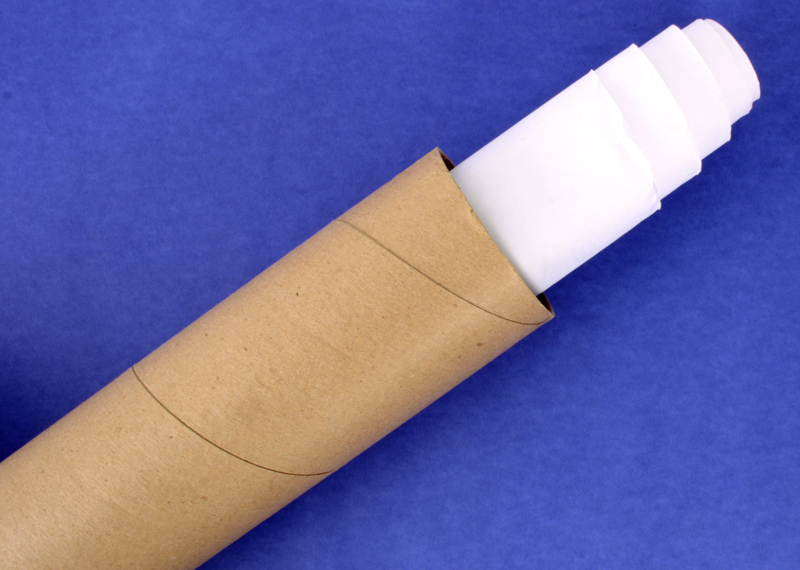
Section 5: Common Questions and Best Practices
FAQs about Shipping Artwork
- What is the cheapest way to ship art? Consider using ground shipping for smaller, less time-sensitive pieces, as it is often more affordable than air shipping.
- How to ship large paintings? Use custom crates for large paintings to ensure they are adequately protected during transit.
- Tips for international shipping? Research customs regulations and ensure all necessary paperwork is completed to avoid delays.
Best Practices for Artists and Galleries
For those who frequently ship artwork, maintaining a good relationship with carriers can lead to better rates and services. Additionally, keeping a consistent packing process can streamline your shipping efforts and reduce the risk of damage.
Conclusion
In summary, shipping artwork requires careful planning and execution. By following the steps outlined in this guide, you can ensure that your pieces arrive safely and securely at their destination. Remember, investing in proper packaging and shipping methods not only protects your artwork but also enhances your reputation as a reliable seller or shipper. Happy shipping!
Recommended Products
Ranked in the same article
- how to use the stretch film technology to r
- How can we get detailed price list?
- Five common quality problems of PE protecti
- Plastic film degradation
- How to guarantee punctual shipment for our
- Gauge to Micron and Millimetre Conversion G
- What is the difference between stretch film
- Testing the permeability of stretch film
- Stretch film temperature requirements
- Electrical wire film VS electrostatic film
- Why insufficient transparency of stretch w
Latest news articles
- What is Stretch Film Used For?
- PE vs PVC Stretch Film: A Comprehensive Gui
- What Is Red Stretch Film and What Are Its B
- PE stretch film how to cut?
- Exploring the Versatility of PE Stretch Fil
- The Influence of Stretch Film Thickness on
- The use of pe stretch film
- What Is the Difference Between Shrink Wrap
- Stretch Film Wrap: Exploring Its Advantages
- Factors That Affect the Stretching Function
- Testing the permeability of stretch film

